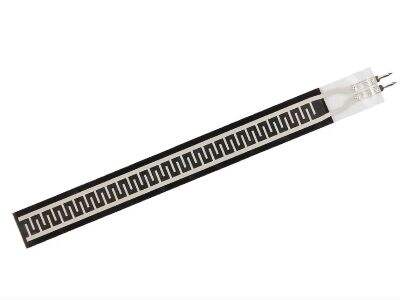There are flex sensors, which are neat tools that flex instead of stretch, like rubber bands. They’re transforming technology by making devices smarter and more reactive. Below are the 5 primary ways that flex sensors are being employed in technology today.
A Wearable Device Based on Flex Sensors
Wearable tech is all the rage right now. People already cannot get enough of gadgets that keep them connected to loved ones and monitors health. Flex sensors aid in making these wearables more comfortable and accurate. Soushine's smart wristbands are based on flex sensors that monitor body movements and provide real-time feedback on exercises, for instance. This help users stay in motivated and achieve their fitness goals in no time.
Using Flex Sensors to Game Better
Who doesn’t love video games? Flex sensors are helping to make gaming more fun and interactive. Soushine's game controllers, for example. one pair of flex sensors to figure out how you're gripping and holding and moving the thing. It allows you to have better control and simply enjoy the gaming more. Gamers can feel as though they were inside the game, easily swinging swords and shooting arrows, with diy flex sensor.
Improving Prosthetic Devices
Artificial limbs that enable people with disabilities to move and function like everyone else. Flex sensors are changing that, and by doing so are making these devices even better. Soushine’s prosthetic hands rely on flex sensors in order to discern how users are bending their fingers up and down. This enables the user to hold objects more realistically. With flex sensors, individuals with disabilities can feel more empowered and independent.
Training Robots With Flex Sensors
Robots are machines people can program to do things for themselves. Robots are becoming more flexible and efficient with 2.2 flex sensor. Soushine’s robotic arms, for instance, employ flex sensors to keep track of their position as they pick up items. This is what allows robots to move much more cautiously, which makes them safer and more reliable. Robots could work safely alongside humans in factories, hospitals — or even households — thanks to the technology.
Pushing Virtual Reality Forward Using Flex Sensors
Virtual reality is a computer-generated world that people visit using special goggles or headsets. Flex sensors are making Virtual reality better with their precise movements. Soushine’s VR headsets employ flex sensors to determine how users tilt and turn their heads. This results in a more immersive and realistic feeling as users will feel they are inside the virtual space. Virtual reality could be more life like and enjoyable for everyone with flex sensor.


